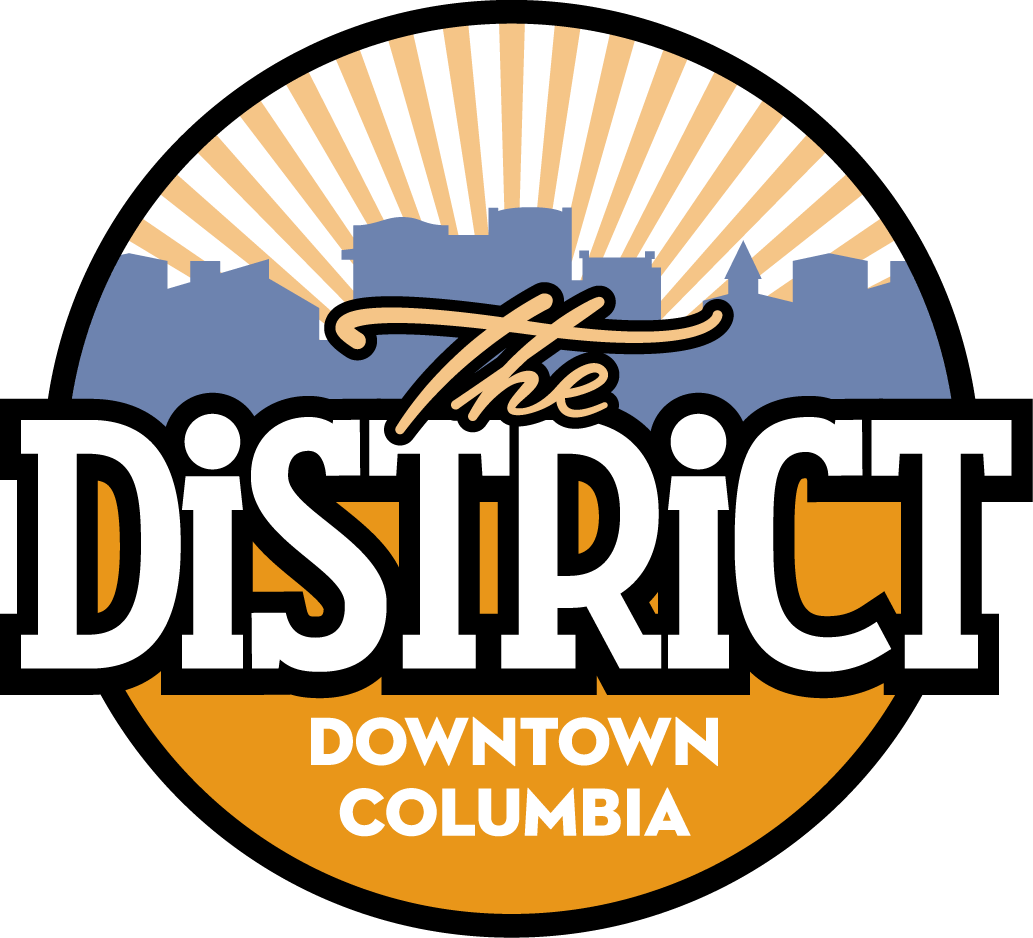What is a CID?
What is a CID?
Many of you may already have a good handle on the answer, but for the rest of us, let’s satiate our curiosities. Shall we?
Originating back in the late 20th century, the concept for Community Improvement Districts (CIDs) materialized out of growing challenges faced by many U.S. urban centers, including commercial and property decay, a desire for enhanced public amenities, as well as a way to address safety concerns beyond what local governments would or could provide.
Depending on the person (or area), CIDs can signal different things to different folks. They can even be formed for different purposes. But in general, CIDs share common characteristics, features that indicate who and what they are about. Qualities such as: CIDs are distributing entities, nonprofits that are designed to help facilitate and complement (pre)existing resources. They are concerned with the economic, environmental, and social development of the area, are open to business and property owners, residents, and other stakeholders; they’re inclusive, democratic, and non-political. Which, if you’re asking, sounds like a damn good thing.
Many CIDs, including The District, have funded upgrades to public spaces: beautification projects, public safety enhancements, community events, and marketing for the economic development of the area. Neato-burrito.
We asked ChatGPT to give us a general overview of the types of things The District has been up to since its inception. Here’s a condensed version of what ol’ GP responded with . . .
Sure thing, here are a few highlights:
1. **Infrastructure Improvements**: The CID has funded upgrades to sidewalks, streetlights, and public spaces, enhancing accessibility and safety for pedestrians.
2. **Beautification Projects**: Efforts to improve landscaping, public art installations, and seasonal decorations have made the area more visually appealing, attracting both residents and visitors.
3. **Public Safety Enhancements**: The CID has contributed to increased security measures, including improved lighting and additional safety patrols, helping to create a more secure environment.
4. **Economic Development**: By improving the downtown area, the CID has attracted new businesses and encouraged existing ones to invest in upgrades, contributing to economic growth.
5. **Community Events**: Funding has supported various community events and festivals, fostering a sense of community and increasing foot traffic in the area.
Overall, the CID has played a significant role in revitalizing downtown Columbia and enhancing the overall quality of life in the community. These projects demonstrate how CIDs can effectively drive urban revitalization, enhance community engagement, and support local economies, showcasing their potential as catalysts for positive change.
Sounds pretty snappy. Now, we could easily guff at a robotic response like that, but the more one considers it, the more we might hold onto our guffs for another time, afterall, AI has nothing invested in making a CID look good (or bad), in fact, it probably doesn’t have any feelings whatsoever about it all.
And like most industries, organizations, and endeavors, there can be plenty of misconceptions. Misunderstandings about CIDs tend to fall along predictable lines. We could clear it up real quick, like so like this:
CIDs are not only for affluent areas, but often serve areas in need of revitalization
CIDs benefit more than just commercial areas, they also serve residents, visitors and property owners
CIDs don’t replace local government services, they advocate to the existing municipality on behalf of the community and work to enhance existing services
CIDs are not a way to impose more tax, they gather funds send them back into the community in the form of projects which benefit the local economy, residents, and more
It can be helpful to know how CIDs function and their potential benefits to communities. But, unlike ChatGPT, we may be a bit biased. That’s because we’re a group of humans, tackling human challenges. Funded by a half-cent sales tax and a property tax for any businesses within its boundaries, The District is governed by a Board made up of fifteen residents, property owners, and business owners. Interested in joining this dynamic team? Board applications are now open to any of the aforementioned groups. Take a glance here to gauge your interest and apply!
Finally, did you know that many CIDs have implemented gift card programs? They have! Know what else? The District recently launched its own, “Downtown Columbia Gift Card Program.” It’s a great way to give the gift of shop local this holiday season and year-round!
Thanks for discovering what CIDs are all about, stay tuned for next week when we look at, “Who is The District?”
See you soon, it’s good to be here!
